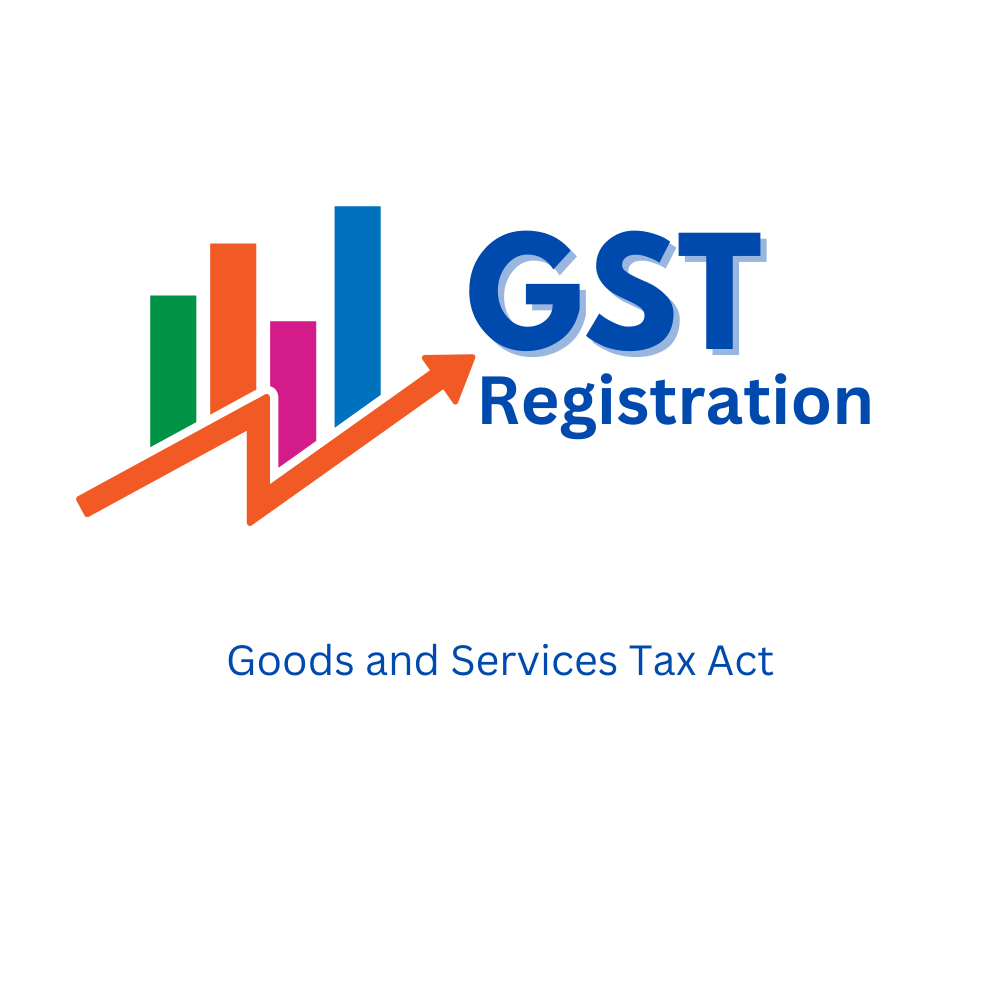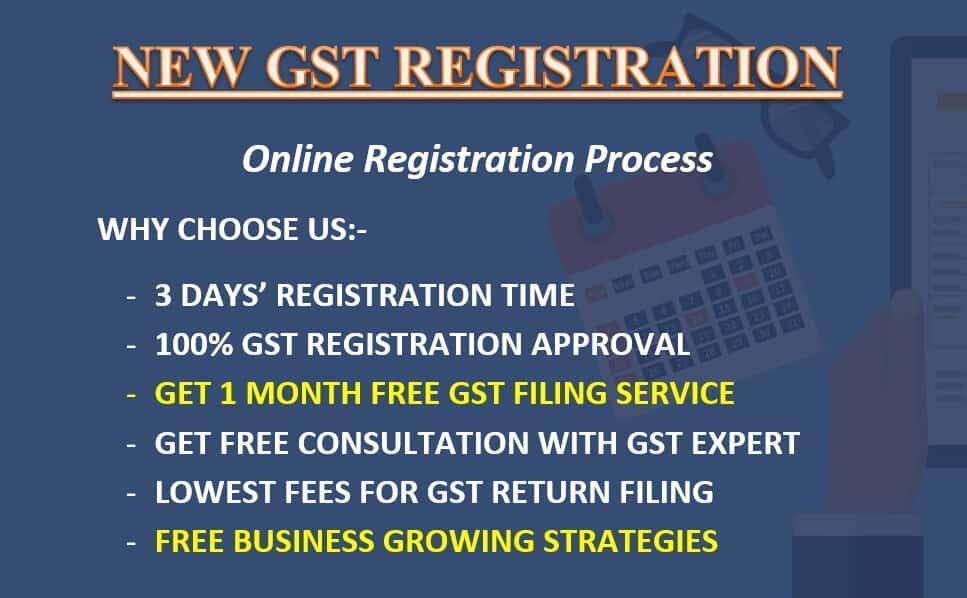The Ultimate Guide to Streamlining the GST Enrollment Process and Demands for Small Company Owners

Comprehending GST Fundamentals
To understand the fundamentals of the Product and Solutions Tax Obligation (GST) system, small organization owners need to first recognize its underlying principles and implications. Under the GST regime, organizations are needed to register and gather tax on part of the government, guaranteeing openness and compliance.
One of the vital principles of GST is input tax credit report, which permits businesses to claim credit history for tax obligations paid on their acquisitions. Recognizing these standard concepts is crucial for small company owners to navigate the complexities of the GST system and guarantee conformity with the legislation.
Eligibility Requirements for Registration
Having established a foundational understanding of GST principles, small company owners should now meet particular eligibility criteria to continue with the enrollment procedure. In India, entities took part in the supply of products or services with an annual aggregate turn over going beyond Rs. 40 lakhs (Rs. 10 lakhs for unique classification states) are needed to register for GST. Additionally, particular organizations such as those associated with inter-state supply of products, casual taxable individuals, and those needed to pay tax under the reverse charge device have to register for GST irrespective of their turn over. Businesses that were registered under the previous tax obligation regime (VAT, service tax obligation, etc) are also mandated to sign up under GST. Farming services that only provide produce out of key production are excluded from GST registration. It is crucial for company owner to carefully examine their eligibility based on these requirements to ensure conformity with the law and stay clear of any charges for non-compliance.
Documents Required for GST Enrollment

Simplified Enrollment Refine Steps
Following the collection and verification of the requisite papers, the registration procedure for GST can be browsed through a collection of simplified steps created to help with efficient conformity for little business proprietors. The initial step includes visiting the GST website and selecting the 'New Enrollment' choice. Consequently, the applicant needs to complete Component A of the GST REG-01 form with information such as PAN, mobile number, and e-mail address to obtain an OTP for confirmation. Once the OTP is gotten and entered, a Short-lived Reference Number (TRN) is created for further process. The next step calls for filling out Component B of the form with needed business details, find this posting supporting papers, and finishing the verification procedure making use of DSC or EVC. Upon effective confirmation, an Application Referral Number (ARN) is issued, indicating the completion of the GST registration process. By adhering to these streamlined steps, local business proprietors can efficiently sign up for GST and make certain compliance with tax policies.
Tips for Ensuring Compliance
To keep governing adherence and functional stability, persistent oversight and proactive measures are crucial in making certain conformity with GST demands for small organization owners. Small company proprietors need to stay upgraded with GST guidelines, filing deadlines, and any kind of modifications in tax prices to prevent penalties and keep an excellent standing with tax obligation authorities. One vital tip for conformity is to keep comprehensive and exact records of all transactions, consisting of billings, expenses, and invoices associated to GST. Routinely integrating monetary documents with GST returns can help in determining and rectifying any type of disparities quickly. In addition, conducting regular internal audits or seeking specialist assistance can make sure that the business is complying with all GST regulations correctly. It is likewise critical for small service proprietors to invest in GST-compliant bookkeeping software program that can streamline the tax filing procedure and decrease errors. Lastly, Learn More Here attending GST recognition workshops or training programs can enhance understanding and conformity with GST regulations, eventually profiting business over time.
Verdict
To conclude, small company owners must recognize the essentials of GST, satisfy the eligibility index criteria, collect needed files, and follow the streamlined registration procedure steps to ensure conformity. By streamlining the GST registration procedure and demands, small company proprietors can avoid fines and operate their businesses efficiently within the legal structure - Singapore GST Registration. It is vital for little organization proprietors to stay educated and certified with GST policies to keep a successful business operation
Small service owners looking for GST enrollment need to ensure they gather and send the required records to complete the enrollment process effectively. The documents required for GST enrollment usually consist of proof of organization registration or consolidation, FRYING PAN (Long-term Account Number) card of the organization identification, entity and address proof of the promoters/partners/directors, photos, address evidence of the place of company, financial institution account statements or canceled cheques, and permission kinds. Attending GST understanding workshops or training programs can boost understanding and compliance with GST policies, inevitably profiting the business in the long run.
By streamlining the GST enrollment procedure and requirements, small service proprietors can avoid penalties and operate their services smoothly within the lawful structure. It is important for small service proprietors to stay enlightened and certified with GST laws to preserve an effective service procedure.